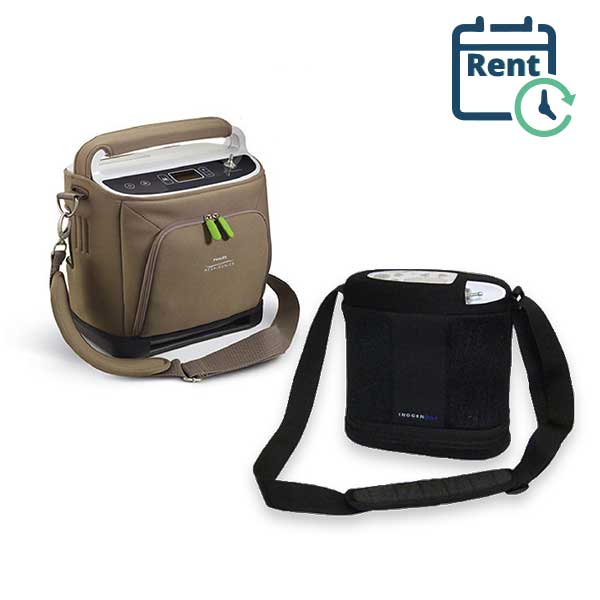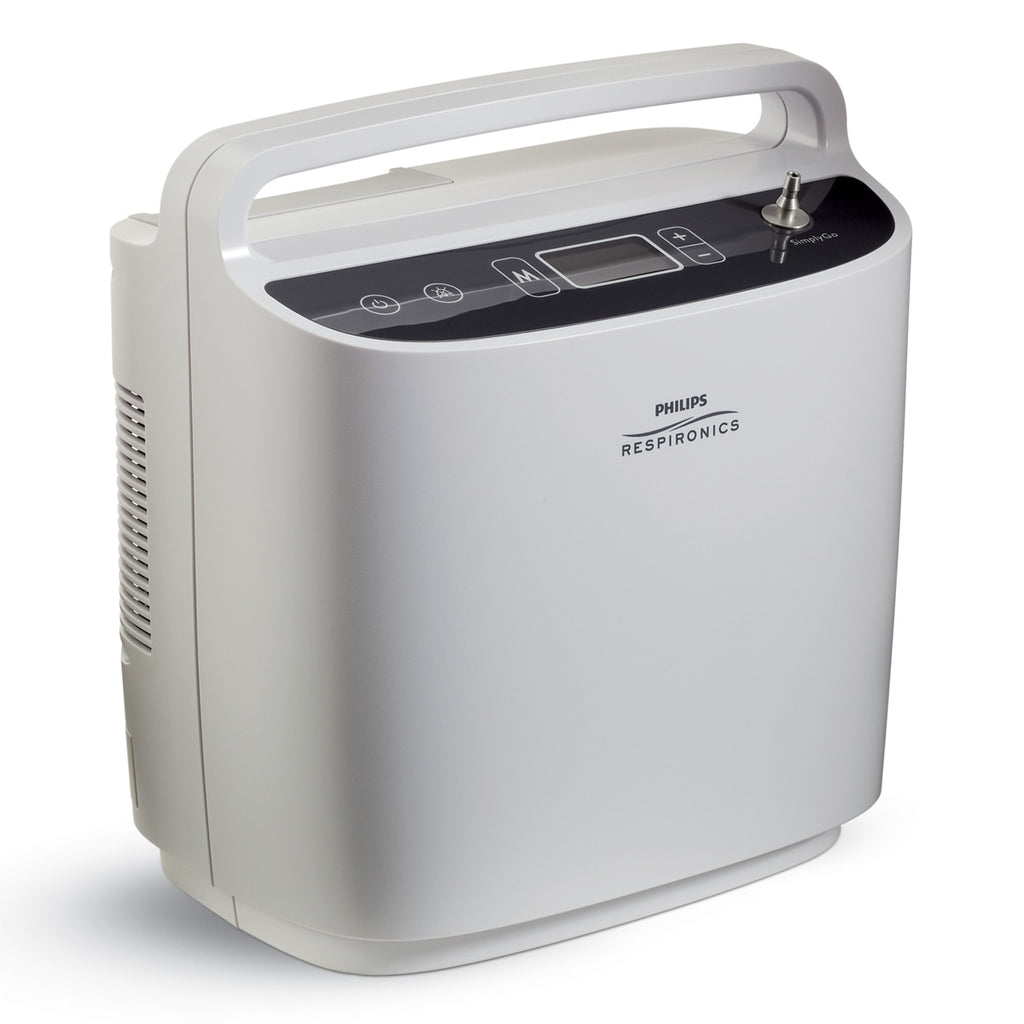More About Portable Oxygen Concentrators
Wiki Article
Portable Oxygen Concentrators Things To Know Before You Get This
Table of ContentsNot known Details About Portable Oxygen Concentrators The Definitive Guide for Portable Oxygen ConcentratorsPortable Oxygen Concentrators Things To Know Before You BuyPortable Oxygen Concentrators for Beginners
Fixed oxygen concentrators were once the standard, however these storage tanks can weigh 50 pounds and were extremely troublesome (Portable Oxygen Concentrators). Currently, mobile oxygen concentrators obtain the task done, and they can suit a bag or purse! The only point you need to remember is that portable concentrators have much more restricted oxygen delivery capacitiesThere are two primary kinds of portable oxygen concentrators: pulse dosage and continuous flow. As the name suggests, pulse dose concentrators offer oxygen intermittently, just turning on when you inhale. This kind of tool is normally recommended for COPD individuals with minimal oxygen demands, as the amount of O2 that a pulse dosage concentrator can supply is fairly reduced.
This gadget can provide up to 3,000 m, L of oxygen every min, while pulse dose gadgets have a tendency to cover out at 1250 m, L. Continuous flow tools are the go-to for many COPD people, as they're optimal for individuals that require 2 to 5 litres of oxygen a minute.
Since you have this guide to the different kinds of portable oxygen equipments, choose the finest device with the assistance of your doctor. You can explore our blog sites to read more concerning the types of mobile oxygen available and our other products, like tubing and cannulas. Or you can call us straight with any kind of particular concerns you may have.
The Best Guide To Portable Oxygen Concentrators
We wondered how well these portable oxygen concentrators would work in hospitals. POC concentrators increase the proportion of oxygen in ambient air people breathe in, whenever they need an increase.When it involves mobile oxygen therapy, there are 2 major alternatives for distribution. These are portable oxygen cyndrical tubes which consist of compressed oxygen gas, or oxygen concentrators, which make use of a battery powered system to press and filter air, in order to create a consistent supply of concentrated oxygen. In this message, AMS Compound Cylinders Technical Director, Tony Morrin, compares both, checking out the advantages and disadvantages of each oxygen delivery system for NHS medical oxygen users in regards to client freedom.

Portable Oxygen Concentrator Oxygen pureness is continually greater when supplied from cylinders it never ever goes down listed below 99. 6%, no matter the circulation price called for. In battery-powered concentrators, purity is impacted by flow rate, and may be 90% or less, depending upon the equipment. Whilst oxygen concentrators can be useful for individuals that require a lower circulation of oxygen, cylinders offer greater focus that can be extra suitable for people with high circulation needs.
Portable Oxygen Concentrators for Beginners
Both systems require the person to carry around tools. For cylinders, this will consist of carrying a bag (and occasionally a trolley) and for portable oxygen concentrators this will include the bag, cart and power battery charger. Weight smart, portable oxygen concentrators can be equivalent in weight, or in some cases, lighter than typical aluminium cyndrical tube systems.
They will have to improve substantially if they are to supply the very same level of performance as similar composite cylinders. Oxygen constantly brings a security danger. Bonuses On one hand, must cyndrical tubes spring a leak, they can produce an oxygen abundant setting that can result in a boost in fire risk.

The distinction is that there are considerable upfront costs to purchasing a look here mobile oxygen concentrator, however lower running prices making use of cylinders enables the buyer to spread the expense over a prolonged amount of time. One minor disadvantage of a portable oxygen concentrator is the sound portable systems make a significant quantity of noise during operation, which lots of patients locate distracting.
The 20-Second Trick For Portable Oxygen Concentrators

Our high-quality carbon composite cyndrical tubes supply high stress continue reading this (300 Bar), low weight, and NLL (Non-Limited Life) performance, and are accredited for use worldwide. More details regarding AMS Composite Cylinders Ltd can be located at .
Oxygen concentrators are developed with customer wheelchair in mind. Whether it's a desktop variation for home use or a smaller sized, lightweight model for on-the-go, these tools allow patients to relocate freely without being connected to a stationary unit. Specifically for the ones particularly developed for portability, patients can bring them about, facilitating traveling and everyday tasks easily.
Among the significant eases of utilizing an oxygen concentrator is the removal of the regular demand to fill up oxygen containers. This not only decreases the logistical difficulties and persistent costs related to refills yet likewise makes sure that the user has a more predictable and constant resource of oxygen. Oxygen concentrators are created to fit effortlessly right into the home atmosphere.
Report this wiki page